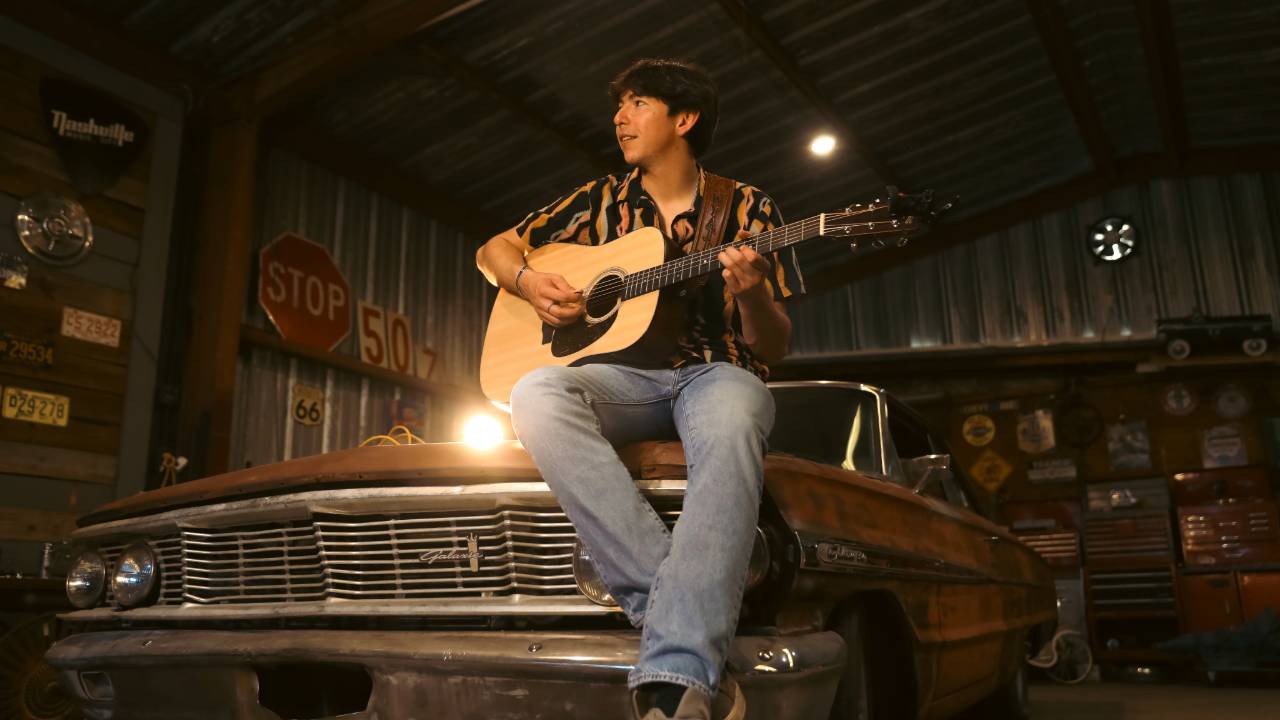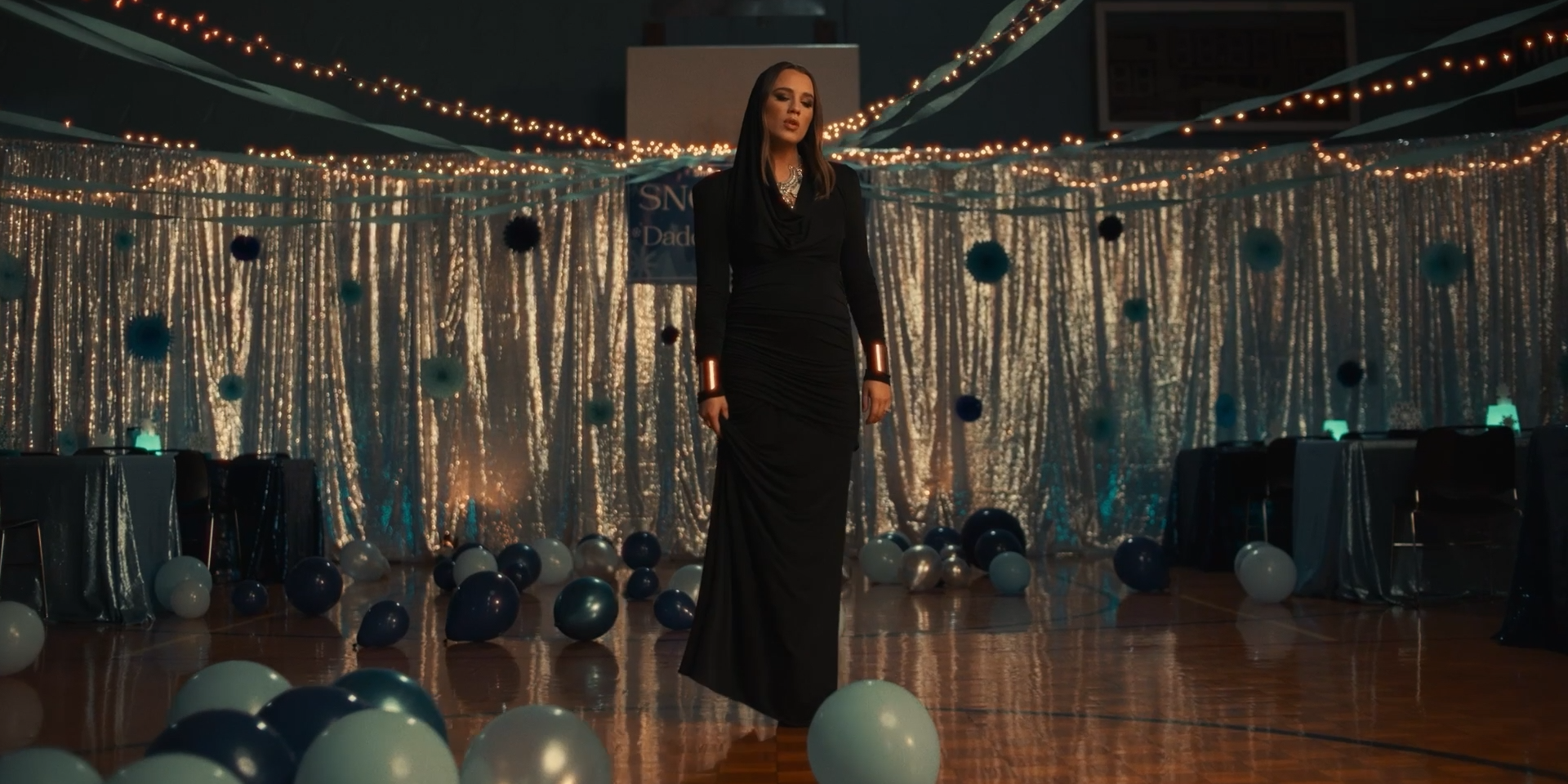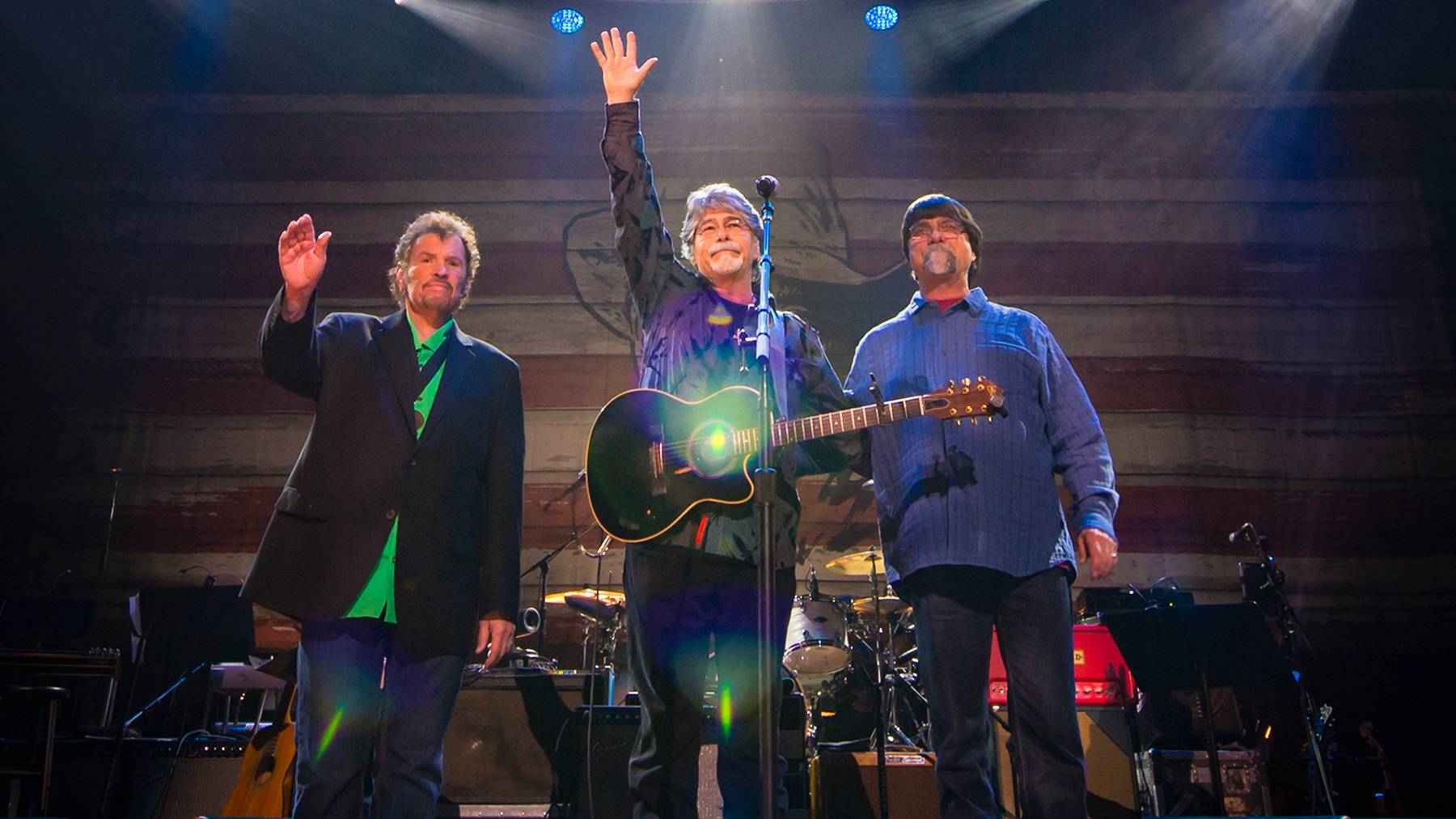'Hank Williams: The Biography' Book Excerpt
Initially published in 1994, an updated version of Hank Williams: The Biography is being released in a new paperback edition. After emerging as one of country music's most famous singers in the early 1950s, Williams often credited Alabama street musician Rufus "Tee-Tot" Payne as his musical mentor. In this excerpt from Hank Williams: The Biography, author Colin Escott explains the inspiration that Tee-Tot provided and why Williams was barely influenced by the first country superstar, Jimmie Rodgers.
It was probably in Georgiana that Hank met his first acknowledged musical influence, a black street musician, Rufus Payne. Because Payne was rarely found without a home-brewed mix of alcohol and tea, Payne's nickname was "Tee-Tot," a pun on teetotaler. Details about him are not only sketchy, but contradictory as well. According to researcher Alice Harp, Rufus was born in 1884 on the Payne Plantation in Sandy Ridge, Lowndes County, Alabama. His parents had been slaves there, but they moved to New Orleans around 1890, giving Rufus a front-row seat for the birth of jazz. After his parents died, Rufus settled in Greenville, Alabama. Harp insists that Payne became a society musician, playing white functions, learning all the pop hits of the day. The musician that Hank's cousins J.C. and Walter McNeil Jr. remembered was quite different.
Payne, said J.C. McNeil, lived down by the tracks in Greenville and worked part-time at Peagler's Drug Store as a cleaner and delivery person.
Both McNeils remember that he had a hunched back and long arms that extended almost to his knees. "He would play the guitar and the cymbals," said Walter McNeil. "He had the cymbals tied between his legs, and he had this thing around his neck with the jazz horn, I think he called it, and the Jew's harp. And he could play all those things with the guitar and called himself a one-man band. He had a cigar box in front of him where you'd throw the money." Tee-Tot, sometimes in the company of other musicians, went out into the surrounding towns to play on the sidewalks. Although Hank probably met him on the streets of Georgiana, he later told one of his band members, Lum York, that Tee-Tot was a janitor at the school in Greenville, implying that Hank met Tee-Tot after the Williamses moved to Greenville.
A crowd of kids followed Tee-Tot around, but Hank was the only one who wanted to do more than listen. He wanted to learn. Exactly what passed between Hank Williams and Rufus Payne will never be known. If, as has often been said, Payne gave Hank lessons, it's hard to know what he imparted. Hank probably already knew most of the chords that Payne knew, so perhaps the lessons involved broader strokes. J.C. McNeil, who insisted he also took lessons from Payne, said that Payne always stressed the importance of keeping time and getting a good rhythm going. Later, one of the elements that would set Hank apart from his contemporaries was the irresistible drive to his music. He was never an accomplished guitarist, but his bands would always take their cue from his forceful rhythm guitar playing. He whanged the E chord in a way that any blues singer would recognize.
Rufus Payne almost certainly taught Hank some songs, and while Hank probably forgot most of them, he never lost the lazy swing and sock rhythm. The blues feel that permeates all but the goofiest of Hank's songs is another thing that Rufus Payne probably brought out.
Lilly [Williams, Hank's mother] says she fed Payne in exchange for Hank's lessons, but memories of him are otherwise vague. Some say he played the blues alone, others say that he led a little combo that played pop songs and hokum numbers. Irene [Hank's sister] said that Payne once came to Lilly's house and told her that Hank was going to get both of them into trouble by following him around, which seems to imply that Hank was quite determined in his pursuit. "More than anything," said Walter McNeil, "I think Tee-Tot helped Hank get beyond his shyness, and helped him project himself a little, little more, 'cause Hank was a shy person really. He had to lose that somehow, and I think Tee-Tot was a big help to him in doing that."
As unfashionable as it was to acknowledge the influence of black musicians, Hank later went out of his way to give Payne full credit. "All the music training I ever had was from him," he told the Montgomery Advertiser at the time of his 1951 Homecoming. Talking to jazz journalist Ralph J. Gleason the following year, he said, "I learned to play the guitar from an old colored man. … I'd give him fifteen cents, or whatever I could get a hold of for the lesson." Hank acknowledged Payne again during his Greenville Homecoming and apparently searched for him, but Payne had died in a charity hospital in Montgomery on March 17, 1939. He was on relief at the time, and his trade or profession was marked "unknown" on the death certificate.
Local musicians like Payne would have made a much bigger impression on Hank when he was growing up than the stars of the day. Lilly didn't have a radio or phonograph, although Hank would try to listen to the radio at the [neighbor's] house or in the local stores. Unlike many of his contemporaries, Hank was barely influenced by country music's first superstar, Jimmie Rodgers, who succumbed to tuberculosis in 1933.
Rodgers was the original kid with a guitar. Raised in Mississippi, he didn't draw on folk ballads so much as jazz, blues, Hawaiian music and vaudeville.
Like Hank, he turned to music in part because of a physical affliction. In place of Appalachian music's piety and grim resignation, Rodgers' music was populated by good-time pals one step ahead of the law, but still ready to shed a tear for mother and home. He sang with an insouciant, almost insolent drawl, and his sentimental parlor ballads were offset by rowdier songs, such as "In the Jailhouse Now," "Waiting for a Train," "Travelin' Blues," and "T for Texas." Many of the biggest country stars of the 1940s and 1950s, notably Gene Autry, Ernest Tubb, Floyd Tillman, Lefty Frizzell and Hank Snow, began as Rodgers disciples and recorded his songs. Hank was a few years younger, just nine years old when Rodgers died. Jimmie Rodgers' influence on Hank was less direct. Rodgers brought the barroom culture to country music, and inasmuch as Hank's music came from the honky-tonk, he was a Rodgers disciple. Hank learned to yodel like Rodgers, but usually did no more than break occasionally into falsetto, and he probably learned that from blues singers.
It was probably after Lilly moved to Greenville that she acquired a radio, broadening Hank's horizons. Greenville was fifteen miles further up the L&N tracks toward Montgomery and was four times bigger than Georgiana. As the seat of Butler County, the focal point of the town was the courthouse square rather than the railroad station. Lilly moved her family there in time for Hank and Irene to start school in September 1934. Several of Hank's contemporaries remember him bringing his guitar to school. He would play during the lunch break and tell people that to play and sing was his "highest ambition."
From HANK WILLIAMS: THE BIOGRAPHY by Colin Escott. Copyright© 2004 by Colin Escott. Reprinted by permission of Little, Brown and Company, N.Y.





